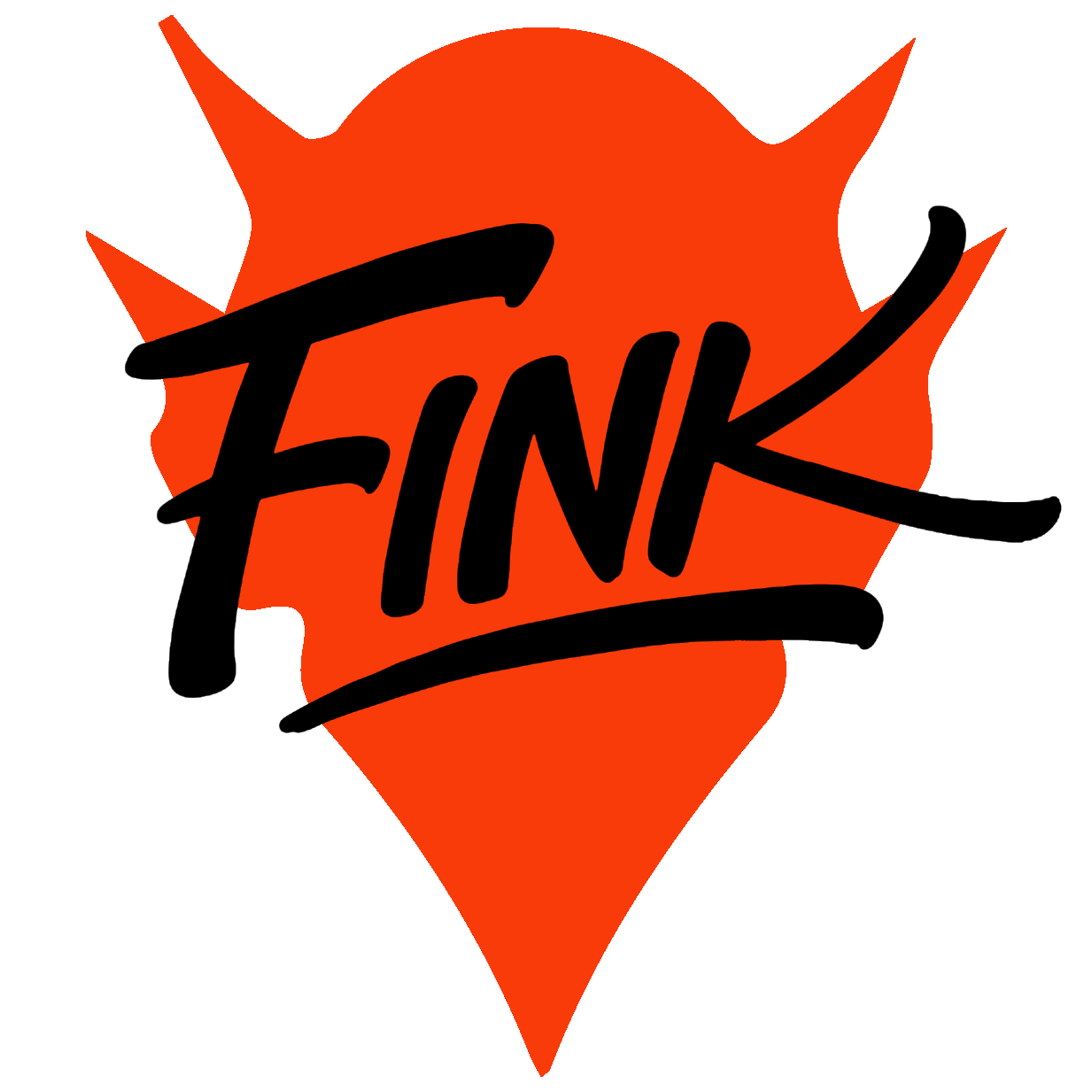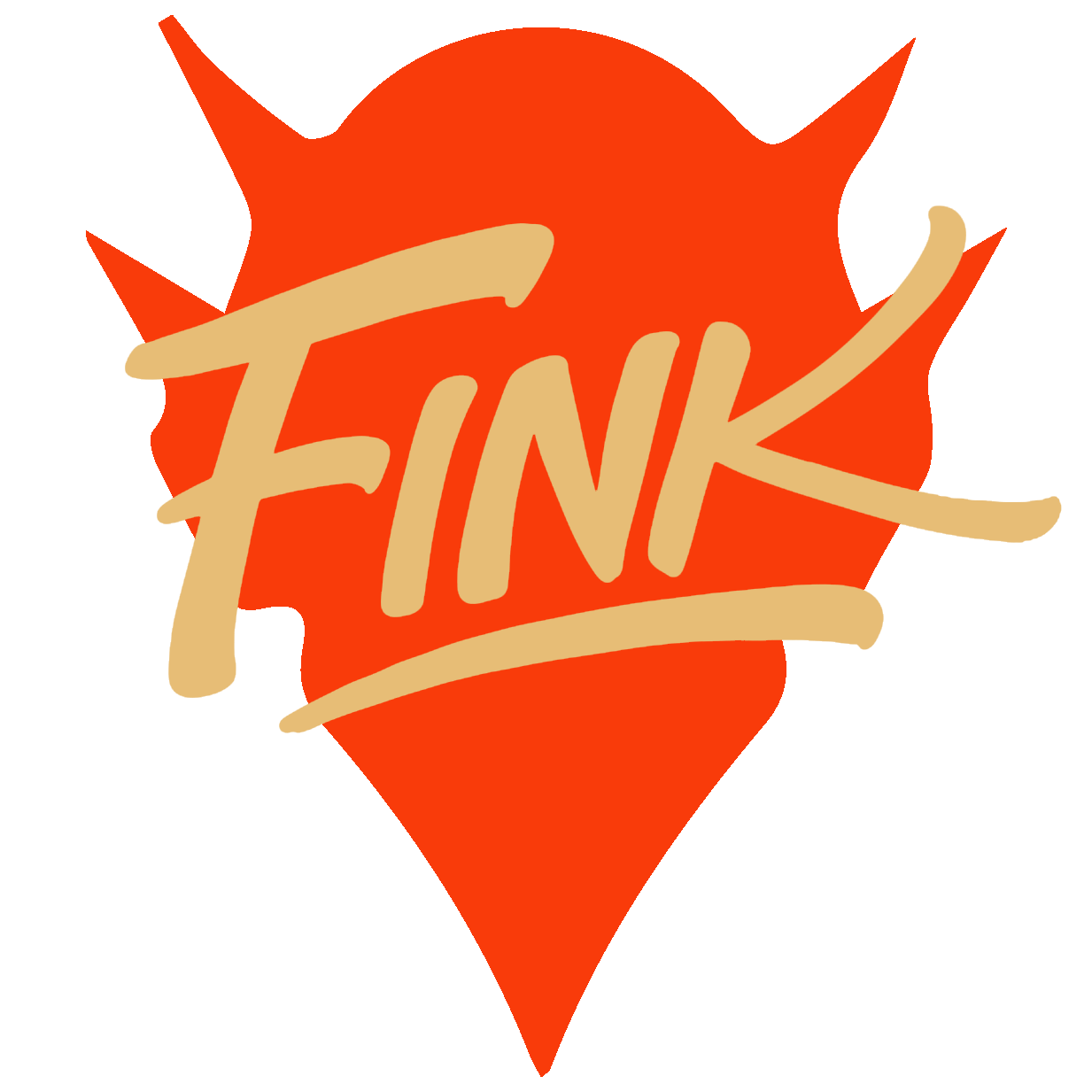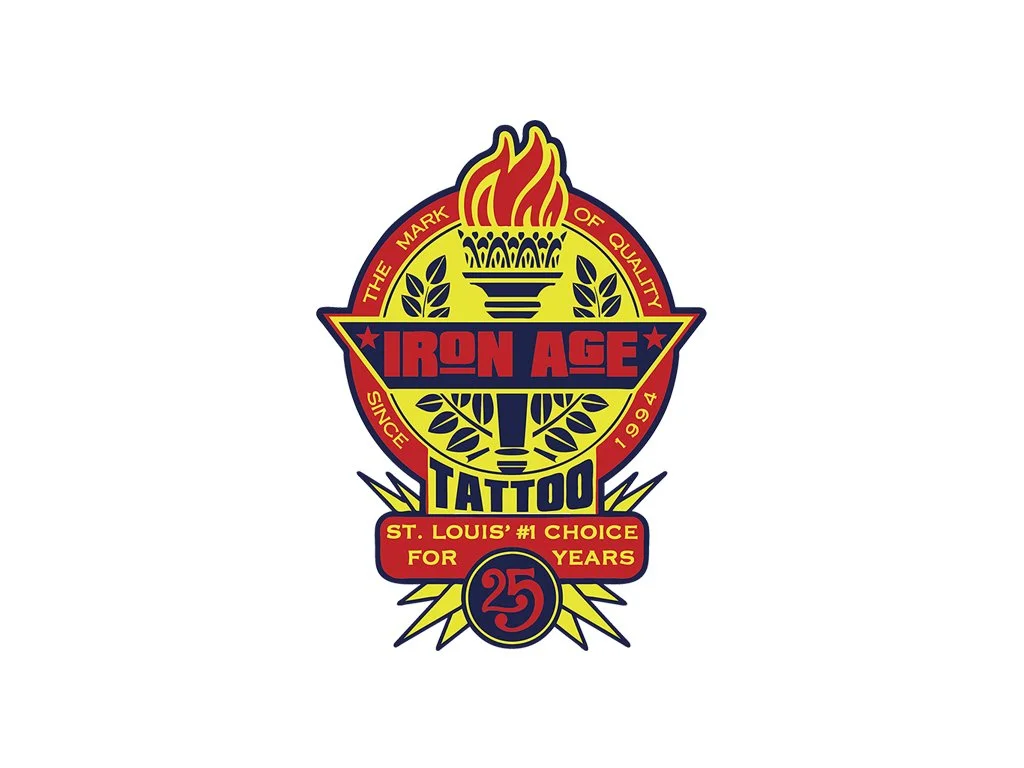Iron Age Studio
When tattoo veterans Brad Fink and Mark Andrews decided to open Iron Age Tattoo in 1994, they modeled the new shop after a place most people hate—the dentist.
“When we opened, there were only nine shops in the St. Louis area, and they were all older and dingier,” Andrews explains over the sound of music and buzzing needles. “We wanted something clean and modern. It seems obvious now, but very few shops were going for that look back then.”
Andrews and Fink set up Iron Age on Missouri’s hippest street, the Delmar Loop, and the shop’s approach and crew of skilled artists have helped them stay at the forefront of the St. Louis scene, even as competition has exploded around them over the past decade and a half. “I haven’t even counted this year, but there were more than 30 shops last year,” Andrews says. “Tattoo imagery is used everywhere now. I’m sure its popularity will wax and wane, but tattoos are embedded in our society now. It’s not quite as fringe.” To keep up with the shop’s popularity, Iron Age, which started with just four artists in a 700-square-foot space, now employs 15 tattooists in a 1,800-foot set-up that’s almost always full, especially on weekends.
Fink witnessed this evolution of tattooing firsthand. The veteran tattooer got started when he was in high school, doing work on local kids in the kitchen of his St. Louis home. Over the past two decades he has seen a lot about tattooing change, especially in his home city. “Years ago I used to have to convince people to get shit,” Fink explains. “I would do larger tattoos for next to nothing just to get to do it. Now, people are really educated. I don’t have to convince anyone to get the big, fun stuff.”
Although known for his large-scale, Japanese-inspired work, Fink doesn’t have to be convinced to change up styles. “To this day I‘ll still do tribal armbands, or quarter-sized hearts,” Fink says sincerely. “A lot of these people that I tattooed 20 years ago still want me to tattoo them again, and I respect that.”
Fink also co-owns two shops on New York City’s ink-soaked Lower East Side, Daredevil and Fun City. He says the differences between the New York and St. Louis scenes have faded over time, they haven’t vanished completely. “St. Louis is much more of a walk-in-type situation. Most customers in New York come in with a definite idea and intention. Here, a lot of people just come in to pick something off the wall. They just want to get tattooed.”
To accommodate the walk-in mentality in St. Louis, the Iron Age staff works walk-in only on Saturdays and Sundays. “It’s good for the customers,” Andrews explains, “because they can walk in knowing they’re going to get good work from an Iron Age artist.”
A weekend of walk-in customers means artists have to be prepared to tattoo anything on anyone. “We tattoo everybody,” Andrews says. “We don’t cater to the cool tattoo guy over the middle-aged mom who’s coming in to get a piercing.
Andrews, who has all but stopped tattooing to focus more on the business side, knows that Iron Age’s atmosphere is part of the shop’s success and doesn’t worry about tattoo culture selling its soul just yet. “There’s still a guild or even a family-like feel with artists,” Andrews says. “A person who just one day says, ‘I think I’ll open a tattoo shop’ is going to have a really hard time getting artists to work for him. Tattooing has come a long way, but I don’t think the world is ready for the Starbucks of tattoos.”


